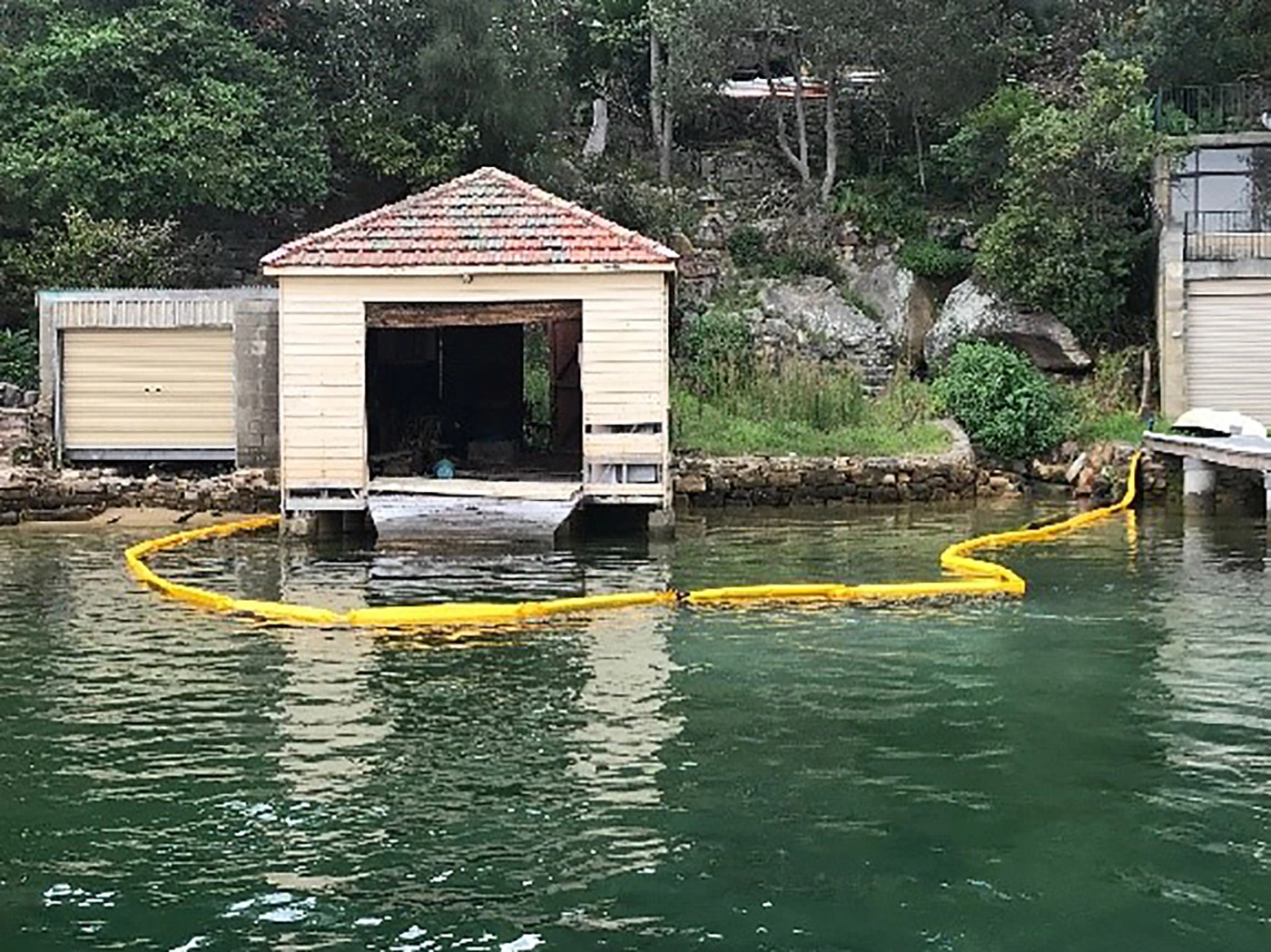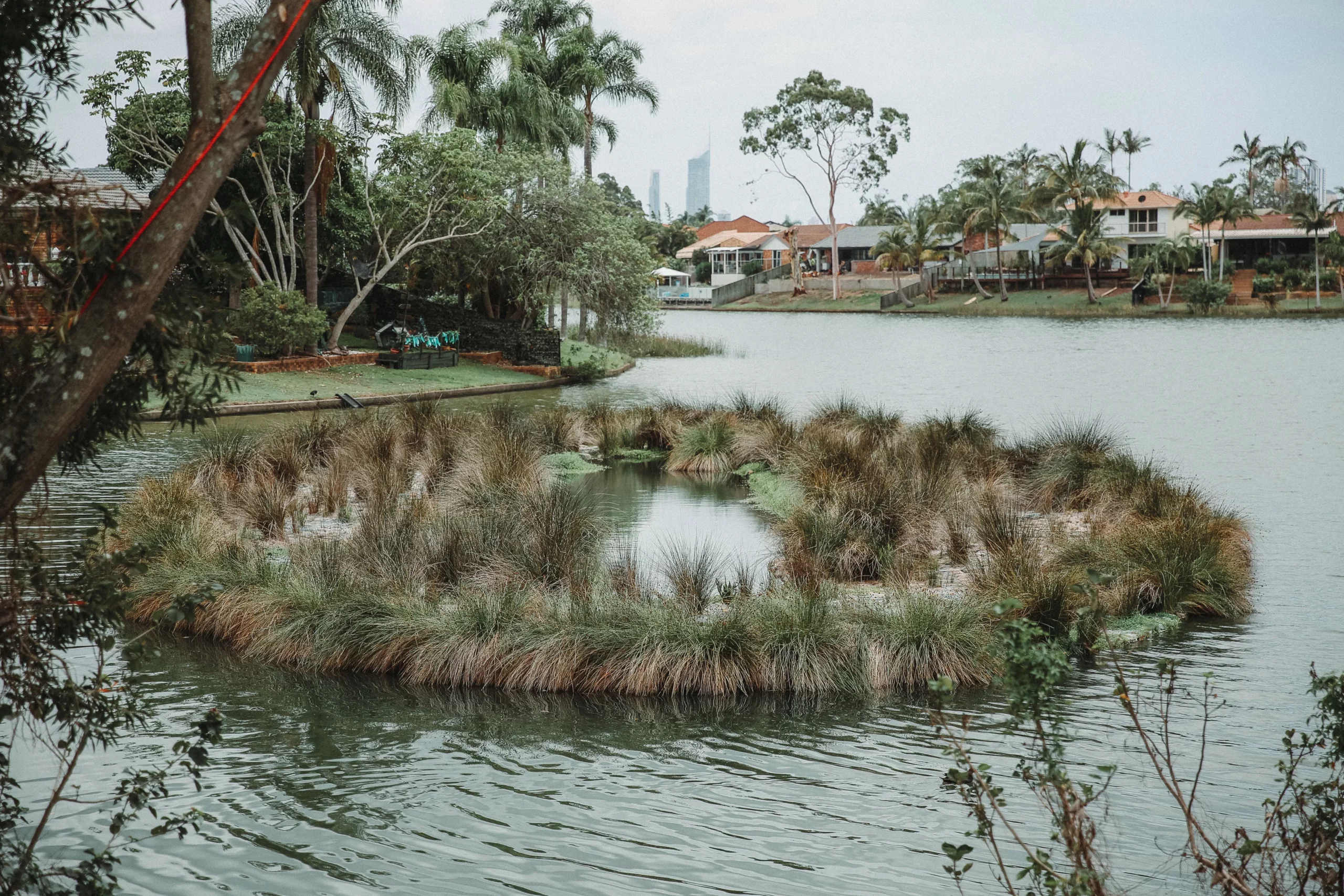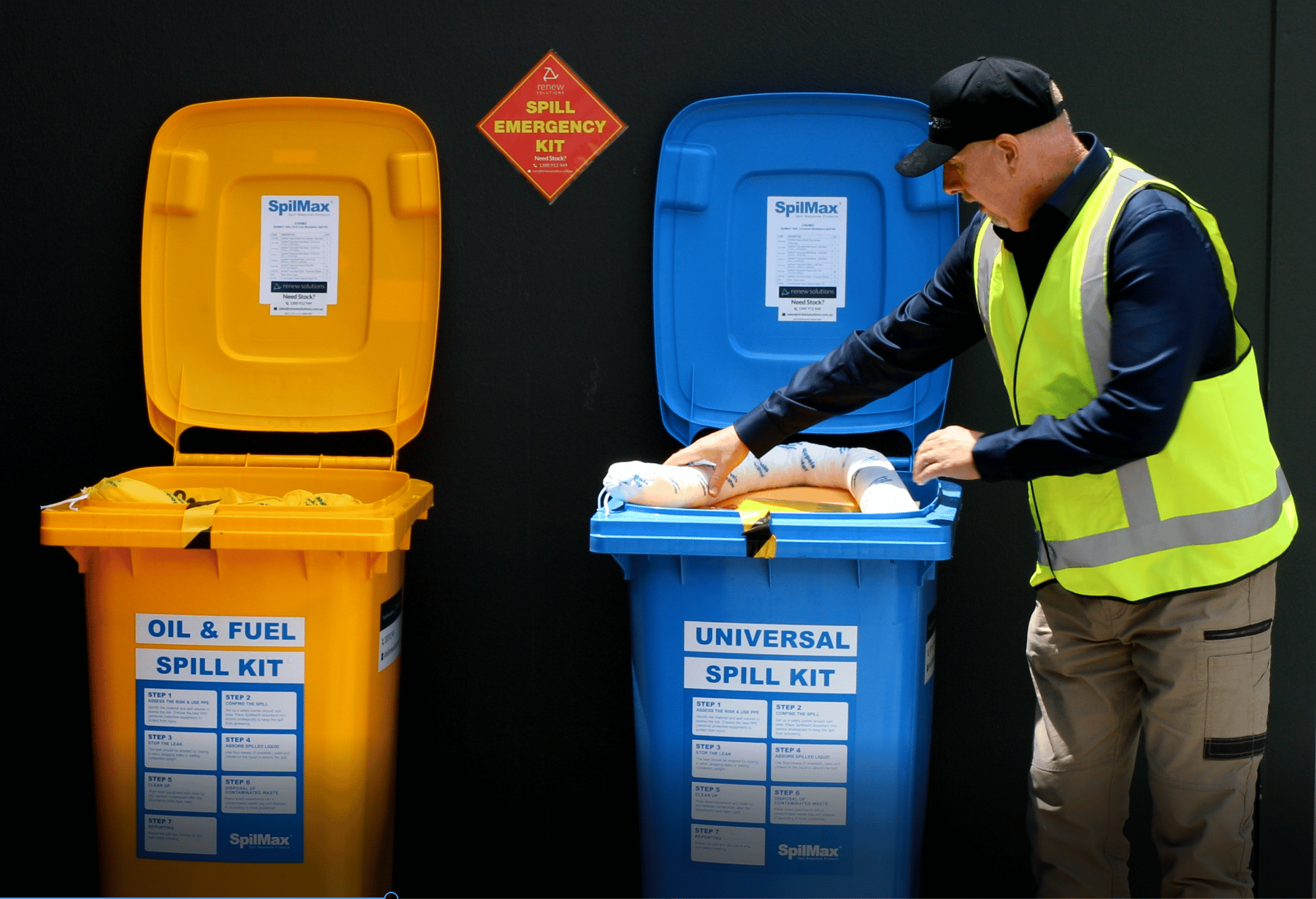Considering the hazards that oil spillage can pose in a factory or workshop, it’s not surprising that you wonder about what soaks up oil. Oil spillage pollutes the environment, leading to the overall degeneration of the ecosystem. And besides that, it can also result in workers sustaining injuries.
These reasons make it important to find a way to clean up any oil spillage that occurs on your job site.
Now, there are several ways to clean up oil spills and one of the most popular methods of doing so is by using absorbents.
Due to their materialistic features, absorbents are very effective for soaking up chemicals that spill in unwanted places.
This leads us to the question: what are absorbents?
Absorbents are substances, usually synthetic materials, that soak up oil or chemicals when placed on the liquid.
There are different types of synthetic absorbent, and they come in different materials, shapes, and sizes. Determining the size of the synthetic absorbent to use depends on the amount of oil or chemical spillage.
Depending on the spillage, you can use pads, pillows, mini-boom, and marine booms.
For the best results, it’s always advisable to contact an oil absorbent company to get the right synthetic absorbent for any kind of oil spillage in your factory or workplace. And at Renew Solutions, we provide environmental consultancy services as well as various absorbents suitable for soaking up oil and fuel in various spill scenarios.
However, before we get into the various sizes, shapes, and uses of synthetic absorbents, let’s generally consider some questions you probably have about absorbents.
What material cleans oil spills the best?
Several materials can act as absorbents for oil or chemical spills. These materials are categorised into three kinds, which include:
Natural Organic Sorbents
Natural organic sorbents are materials such as hay, straw, sawdust, ground corn cobs, feathers, and other carbon-based products. They can absorb 3-15 times their weight size in oil.
However, the downside to the use of these materials is that some of these organic sorbents tend to absorb water along with oil. This makes it impossible for them to stay afloat in water.
Also, some of these sorbents, once spread over water, are difficult to collect because they are loose particles.
Natural Inorganic Sorbents
Natural inorganic sorbents easily absorb chemical or oil spills that are about 4-20 times their size. This type of sorbent includes materials such as glass wool, clay, perlite, sand, and volcanic ash.
The good thing about them is that these materials are inexpensive and are available in large quantities. The downside of these sorbents is that they cannot be used on water surfaces.
Synthetic Sorbents
Synthetic sorbents have the ability to absorb up to 70 times their weight size when it comes to oil or chemicals. Examples of synthetic sorbents include polyethylene, polyurethane, and polypropylene (polymers).
Other materials include rubbers and cross-linked polymers. These forms of plastic materials soak in only oil or chemicals into the surface of their solid structure, therefore, causing them to swell. As a result, they can stay afloat in water, making it easy to collect after use.
Among the listed absorbents, the most effective way to clear up oil spillages is synthetic adsorbent materials.
Our various SpilMax fuel and oil absorbents are made of polypropylene, a type of plastic material perfect for soaking up oil spillage without soaking up water as well.
Are oil-only absorbent pillows reusable?
You can reuse our oil absorbent pillows. The makeup of these pillows ensures their durability. As such, you can squeeze out the oil absorbed and redeploy it to the place you want.
What can absorb oil and is at the same time hydro repellent?
Several materials can absorb oil while also being water/hydro repellent. Most of these materials fall under synthetic sorbents.
Synthetic sorbents are very effective in absorbing only oil, unlike other categories of sorbents. Our absorbent pads, absorbent booms, and other absorbents are hydro repellent. As such, they do not absorb water, making them ideal for marine use.
What are chemical absorbent pillows made of?
Oil absorbent companies tend to make use of polymer when producing oil-only absorbent pillows. Polymer primarily includes absorbents such as polyurethane, polyethylene, and polypropylene.
Among the three primary polymeric absorbents, companies often use polypropylene in producing oil only absorbent pillows and absorbent pads. Polypropylene is quite effective because of its ability to effectively repel water and absorb only oil or other chemicals.
What is the most commonly used and most environmentally friendly response method to deal with oil spills?
There are various means of clearing up oil spillage. However, many of these different methods tend to leave an after effect that is detrimental to the ecosystem.
Some of these methods commonly used include surface dispersants, underwater dispersants, controlled burns, booms and skimmers, sorbent materials, and the likes.
Among all these methods of controlling oil spillage, sorbent materials stand out. This is as a result of the benefits they offer. While other methods might leave an after-effect, sorbent materials do not. It is easy to deploy them anywhere. This makes it the go-to choice for different factories and workshops.
Various shapes and uses of synthetic absorbents
Synthetic absorbents come in various shapes for different purposes. They include:
Pads
Absorbent pads or soaker pads are a meltdown of polypropylene sorbent made into a single layer of fabric. These pads are for small-scale duties and useful for the quick absorption of spilled oil or chemicals.
You can use a single absorbent pad under a leak or at the top of a drum.
Pillows
Manufacturers make use of more polypropylene when producing absorbent pillows. This makes them suitable for duties heavier than those duties handled by absorbent pads.
You can effectively use absorbent pillows by placing them under slow, steady oil or chemical leaks. You can also use an absorbent pillow to dry up a pool of spilled oil or chemical liquids, thereby keeping your workplace safe for workers.
Mini Booms
Mini booms are also known as oil absorbent booms or oil socks. You can perfectly use them in restricting, diverting, and soaking in spilled fuel in the workplace and especially on the site.
Marine Boom/Absorbent Boom
Marine boom or absorbent boom is a heavy-duty absorbent. They are generally used to soak up large spillage of oil and chemicals in water areas.
This is possible because of how effective it is in gathering oil spills floating on the surface of the water.
You can deploy it by joining large absorbent booms together to create an absorbent barrier that draws in only oil or chemicals.
Among the various types of polypropylene absorbents, factories often request absorbent pillows because of their suitability with factories and workshops.
Absorbent pillows fall in-between lightweight and heavyweight absorbent, allowing them to be useful for both sides.
Contact Renew Solutions for Absorbent Pillows
Renew Solutions is a recognised leader in the oil absorbents industry. We are known for providing cost-effective and innovative solutions to environmental issues. Our clients range from businesses and factories to government agencies.
We provide high-quality absorbent pillows made from polypropylene which are also hydro repellent.
We also offer a variety of other synthetic adsorbents such as:
- Absorbent pads
- Mini booms
- Marine boom/Absorbent boom
You can reach out to us if you have any questions on how you can manage your oil spillage.


